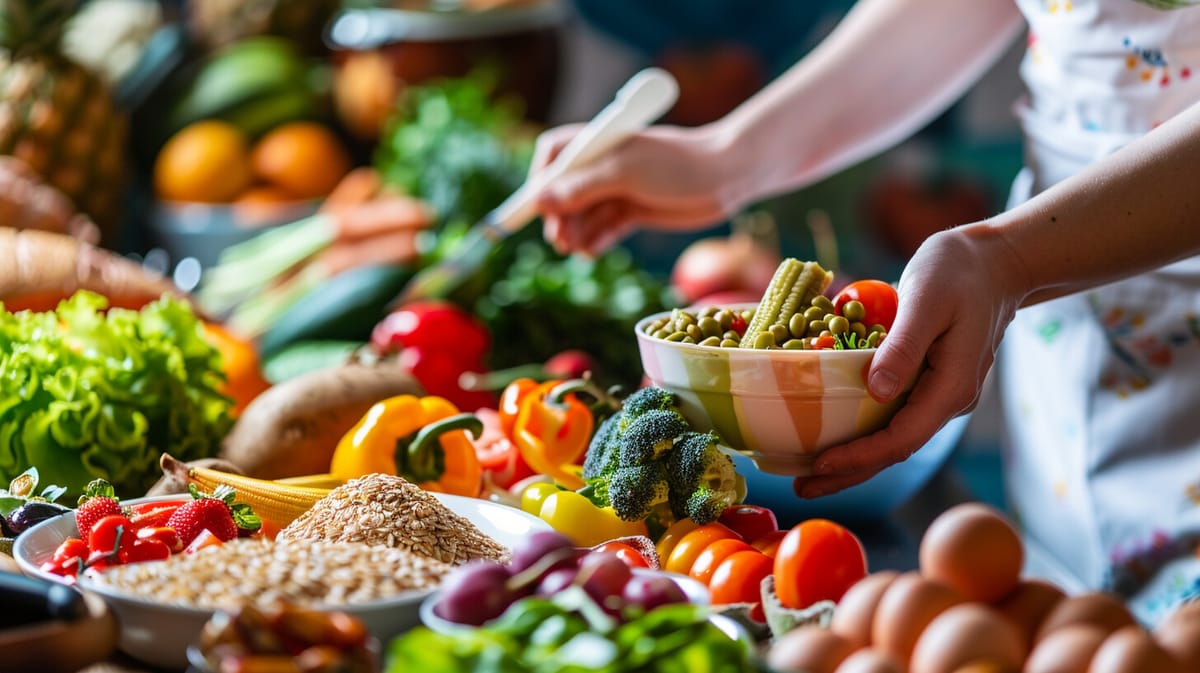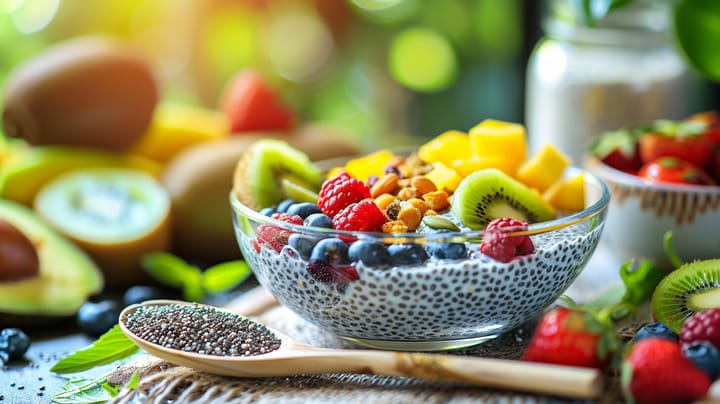Unlocking Satiety: How Choosing Less Processed Foods Can Revolutionize Your Weight Loss Journey

Understanding the complexities of weight management and dietary choices requires a deep dive into not just the calorie content of foods but their processing levels and how they impact our health. The primary focus for anyone looking to optimize their health should thus be the quality and type of foods ingested, especially distinguishing between processed and unprocessed food options.
The Caloric Paradox
Although two different foods might share similar caloric values, their impact on satiety and overall health can be vastly different. For example, choosing between a sugary doughnut and fresh pineapple, though they might both contain around 200 calories, their nutritional benefit and effect on your body’s satiety signals diverge significantly due to their fiber content, processing levels, and added sugars.
Classifying Food: Beyond the Calorie Content
Recent studies, including those from the National Institutes of Health, have illuminated the stark differences in how our bodies respond to processed versus unprocessed foods. These investigations categorize foods into various groups:
Unprocessed/Minimally Processed: Fresh fruits, vegetables, meats, and whole grains which retain much of their natural nutritional content and do not include added sugars, fats, or salts. Processed Culinary Ingredients: Additives like oils, butter, and salt used to enhance food preparation. Processed Foods: These include items that have undergone significant changes from their original form and often contain preservatives, like canned vegetables or cured meats. Ultra-Processed Foods: These are high in additives for extending shelf life or enhancing taste, including instant noodles, snack bars, and soda.
The Impact of Food Processing on Health
Ultra-processed foods encourage overconsumption. In controlled studies, participants consumed around 500 more calories daily from ultra-processed foods compared to unprocessed alternatives, even when macronutrients were matched across the board. This overconsumption is attributed to several factors:
Speed of Eating: Ultra-processed foods are typically easier and faster to eat, which reduces the time the brain needs to register fullness. Fiber and Protein Deficiency: Despite equating macronutrients, the lack of intrinsic fiber and possibly the quality of protein in ultra-processed foods can still lead to lower satiety.
The Myth of 'Healthy' Processed Foods and The Role of Fiber
Even when fiber is added to ultra-processed foods, it does not replicate the satiety effects of naturally fiber-rich foods. Added fiber often does not have the same physiological impact as that found naturally in unprocessed foods, leading to discrepancies in how full individuals feel.
Practical Tips for Managing Diet and Increasing Satiety
To enhance fullness and support weight loss, consider the following:
Choose Whole, Unprocessed Foods: Emphasize fresh fruits, vegetables, whole grains, and lean proteins that are minimally processed. Read Labels Carefully: Understand the ingredients list on food packages to choose items with fewer processed components. Control Eating Speed: Slow down your eating pace to enhance satiety cues and prevent overeating. Incorporate Protein and Fiber-rich Foods: These are critical in prolonging feelings of fullness and are generally lower in highly processed foods. Mindful Eating: Be aware of the texture, taste, and enjoyment of food, which can help reduce the likelihood of overeating.
Conclusion
While calorie counting has its place, focusing on the quality of food, its processing level, and inherent nutritional content are crucial. A diet leaning heavily on whole and minimally processed foods could foster not only weight loss but also a healthier lifestyle, enhanced by greater satiety and overall well-being.


